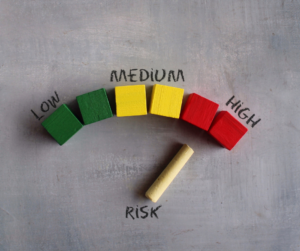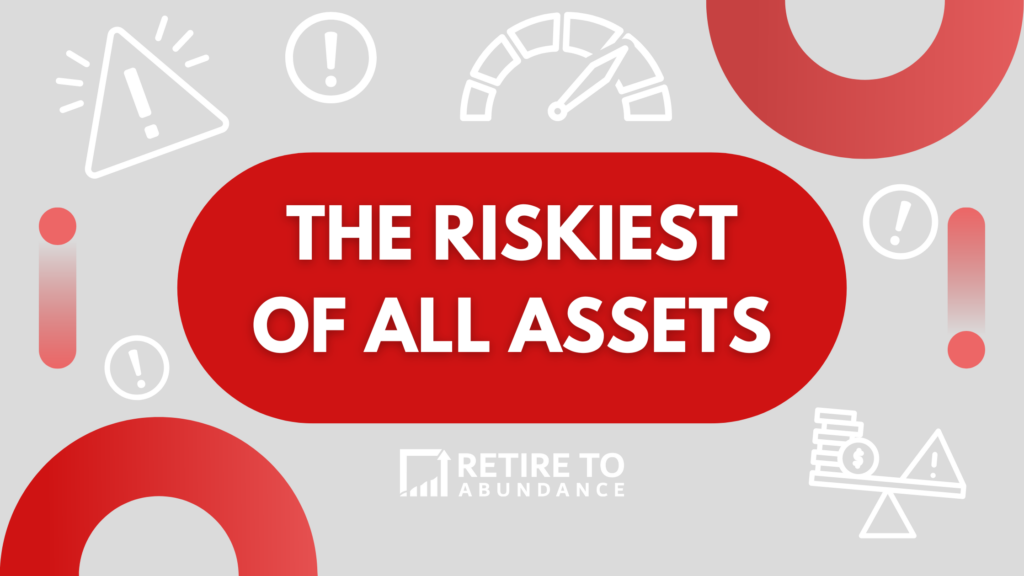Whether you just opened up your first IRA, or you are a seasoned hedge fund manager with billions of dollars under your discretion, you probably recognize that Warren Buffett can teach you a thing or two about investing. In particular, when he talks about some of the riskiest of all assets, we should probably listen.
That is why my ears recently perked up when I heard him discussing risk as it pertains to investing in the stock market. Buffett has long been a master at making the complex simple. He once again knocks it out of the park slicing right to the core on how we should perceive risk in our long-term investments and what a risky asset really looks like.
Cash is Risky: A Different Way of Thinking
“Stocks are riskless if held over a long time frame as you are simply giving up purchasing power now for later. Cash is the risky asset.”
Warren Buffett
While I have long been critical of how the financial industry at large explains and handles risk, Buffett is poignant in his criticism challenging the conventional wisdom that equates stocks with high risk and cash with safety. In fact, Buffett suggests that the true risk lies in holding onto cash, where inflation erodes purchasing power over time.
The key to understanding this concept lies in the time horizon of the investment. Over shorter periods, stocks can indeed be volatile, subject to market fluctuations and investor sentiment. However, over longer time frames, the volatility tends to smooth out, and historically, equities have delivered higher returns compared to cash or bonds.
Traditional finance often measures risk using metrics like Beta or volatility. However, as Buffett points out, volatility isn’t necessarily synonymous with risk. True risk, in financial terms, is the loss of purchasing power. Over a long enough time horizon, the impact of short-term volatility diminishes, and the focus shifts to preserving and growing purchasing power to sustain a comfortable retirement lifestyle.

You are the Risk in Your Investments
It’s essential to recognize that the primary determinant of investment risk isn’t the performance of the underlying companies, but rather the behavior of individual investors. As Buffett aptly puts it,
“It is individuals that make investments risky.”
Let’s explore some common pitfalls that retirees should avoid to mitigate unnecessary risk in their investment portfolios:
Active Trading and Market Timing
Attempting to time the market by buying and selling stocks frequently can lead to suboptimal results. Studies have shown that the vast majority of active traders underperform the market over the long term. Instead of trying to predict short-term market movements, retirees should focus on a disciplined, long-term investment strategy aligned with their financial goals.
Inadequate Diversification
Putting all your eggs in one basket is a recipe for disaster in investing. Diversification across asset classes, industries, and geographic regions helps spread risk and reduce the impact of any single investment’s poor performance.
High Fees
While it is impossible to avoid fees entirely when investing, excessive fees can eat into investment returns significantly over time. I am a big advocate for investors understanding both the transparent and hidden fees associated with investing. Retirees should carefully scrutinize these fees and opt for low-cost options whenever practical.
Emotional Decision-Making
Reacting impulsively to market fluctuations based on fear or greed can derail even the most well-thought-out investment strategy. Retirees should maintain a disciplined approach and avoid making emotional decisions that could harm their long-term financial security.
Creating a Successful Retirement While Reducing Risk: Stick to the Plan
For retirees, the goal should be to build a portfolio that balances growth potential with risk management, taking into account their time horizon and financial objectives. While it’s natural to be cautious about market volatility, it’s essential to maintain a long-term perspective and resist the urge to deviate from the plan in response to short-term fluctuations.
Buffett’s insights remind us that over the long term, stocks can be a valuable tool for preserving and growing purchasing power in retirement. By avoiding common pitfalls and staying focused on the fundamentals of sound investing, retirees can increase their chances of achieving financial security and enjoying a comfortable retirement lifestyle.
While you can’t completely get rid of the two riskiest of all assets, cash and yourself, you can take steps to maintain purchasing power throughout your lifetime. Remember, the journey to a successful retirement is a marathon, not a sprint. With patience, discipline, and prudent decision-making, you can navigate the ups and downs of the market and ultimately achieve the retirement you’ve worked so hard to attain.
This post is for education and entertainment purposes only. Nothing should be construed as investment, tax, or legal advice.

